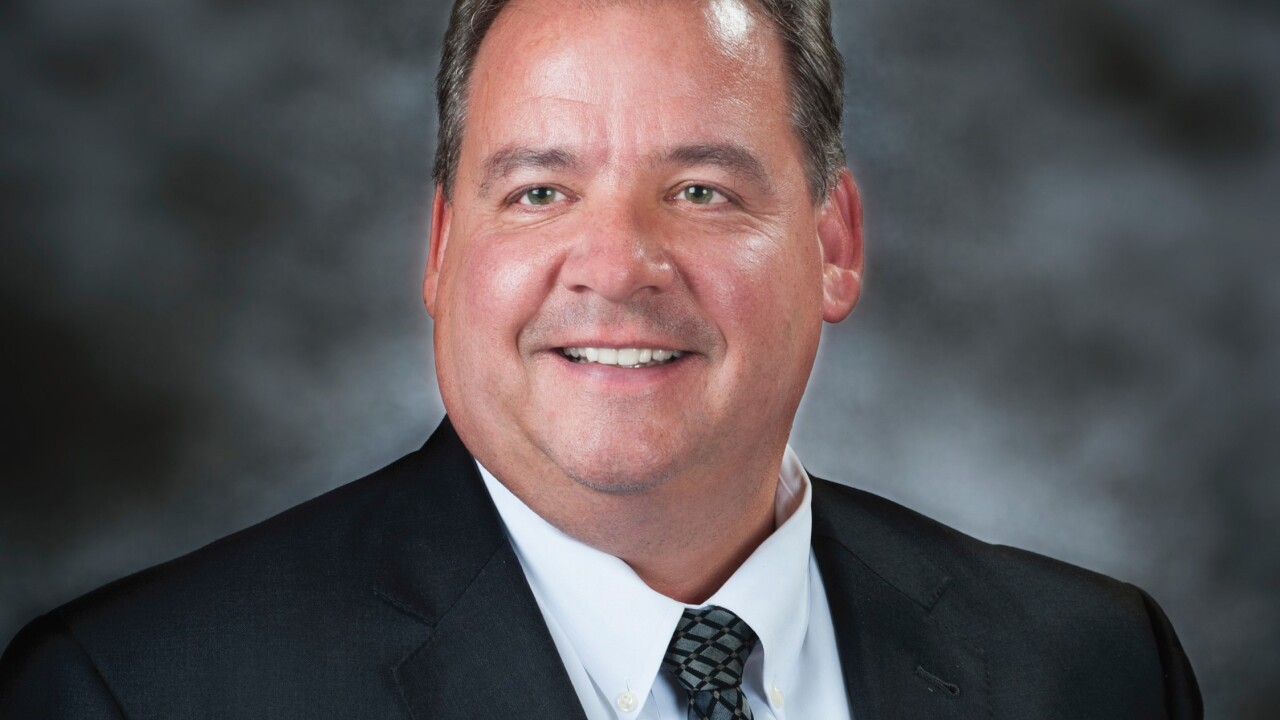
Mobile banking used to be only for big banks with plenty of patience.
In 2007, the contracts struck with vendors to get the service started would bulge into the mid six-figure range. Going live could take up to 18 months due to the need for extensive testing and the complex integration with an institution's back-office systems.
Three years later, introducing mobile banking is a lot more like flipping a light switch. For a substantially lower cost-perhaps just over $10,000 in some cases-a small bank or credit union can roll out sophisticated mobile services to customers in a month or two, often including apps for popular smartphones like iPhone and Blackberry or even those with the Android operating system.
What makes this possible are newly developed hosted solutions licensed from mobile banking technology firms or core system providers.
No longer faced with the impractical task of building and managing an internal mobile banking platform, small institutions are clamoring to roll out the service. Those who have begun using the software say it plugs into the back office easily and gets going quickly.
Gateway Metro Federal Credit Union in St. Louis this summer adopted the Mobile Money offering from Fiserv, its core banking provider. Larry Pixley, recently named chief executive of the $177 million-asset credit union, says the appeal of this option for offering mobile services is partly that the staff can stay focused on helping customers with their finances.
"This is a product we don't have to design, and don't have to sleep with," he says.
Thanks to the growth of affordable hosted software tools, mobile banking has gone from a niche play for about 200 major banks to a common staple that is available at more than 1,800 financial institutions. "These players are typically not big enough to dedicate a whole team" to implementing mobile services, says Red Gillen, senior banking analyst with Celent in Boston. "What they'll often do is go for a hosted solution that from an integration perspective requires far less resources. And they get good, very solid mobile banking functionality as a result."
The choices are only getting simpler too: Some mobile banking vendors are rolling out cloud-based services for nearly instantaneous introductions of mobile features such as bill pay and balance alerts.
The evolution of hosted systems comes as mobile banking is emerging as an important growth channel for banks. TowerGroup estimates the number of active mobile-banking users in the United States will mushroom from 10 million in 2009 to 53 million by 2013.
Analysts and consultants say mobile is not only key to attracting younger consumers, but is also a promising self-service channel that will help banks cut expenses-at a time when they desperately need to defray the loss of fee revenue following the financial reform legislation.
Donald MacCormick, vice president of product engineering for mobile services firm ClairMail, says some banks remain reluctant to go with the hosted mobile model because of concerns about whether technology vendors can keep customer data secure."They didn't want to put data in the cloud where they didn't know what was happening," says MacCormick. "But certainly in the last year we've seen a number of institutions okay with the idea of not having the data on their own boxes and their own data center."
Next year ClairMail will join other mobile vendor firms such as M-Com and Infosys in offering a newer software-as-a-servicemodel that enables banks to quickly install or upgrade mobile offerings on their own.
While the hosted systems provide small institutions an easier and cheaper way to launch mobile, some say such convenience has its drawbacks. These systems are, in essence, one-size-fits-all programs with minimal customization for bank logos and elective features like bill pay or funds transfer.
"Your smaller banks and credit unions are going to be forced to use a vendor solution because that's how they manage their IT assets today. But one disadvantage is you can't do anything to differentiate yourself," says Jeff Dennes, the former mobile guru at USAA and newly tapped senior vice president of online and mobile services for Huntington Bank in Columbus, Ohio.
Having a unique look and feel for mobile offerings is not usually a deal-breaker for banks outside the top 30 largest ones, says Gillen, but some other limitations might be. Since many of these systems don't offer integration with third-party payments or card-processing systems, small financial institutions couldn't use the text-alert functions that large banks often tout as a way to warn customers of potentially fraudulent withdrawals from their accounts.
There are also particular features bound to be more in demand as mobile banking matures that may be a technology hurdle for the current hosted systems. For instance, smaller institutions-particularly credit unions, with older demographics-at some point will likely want capabilities permitting customers to enroll in mobile banking through their phones, Gillen says.
"Your online customers are already pretty low cost. As a bank, what you really want to get is the people who are still walking to the branch or calling the call center," he says.
But such wish list items are not high among banks' priorities yet, says Drew Sievers, CEO of mobile banking provider mFoundry, whose mBanking software is used on a hosted basis by more than 200 institutions. What many institutions want is just simple mobile functionality across all three potential interaction points- a website formatted for a mobile phone, anapp that can be downloaded onto a smartphone and simple text messages (what the industry calls the "triple play").
They want it all fast too. "These things need to be out in two to three months, not over nine months," Sievers says.
This summer, First Horizon Corp.'s First Tennessee worked with mFoundry to launch mobile services in just 56 days, an urgency that reflects a desire to avoid getting left behind.
"It was a question of when it was going to become table stakes," says First Tennessee's CEO Bruce Livesay, "and something that every customer would begin to expect."





